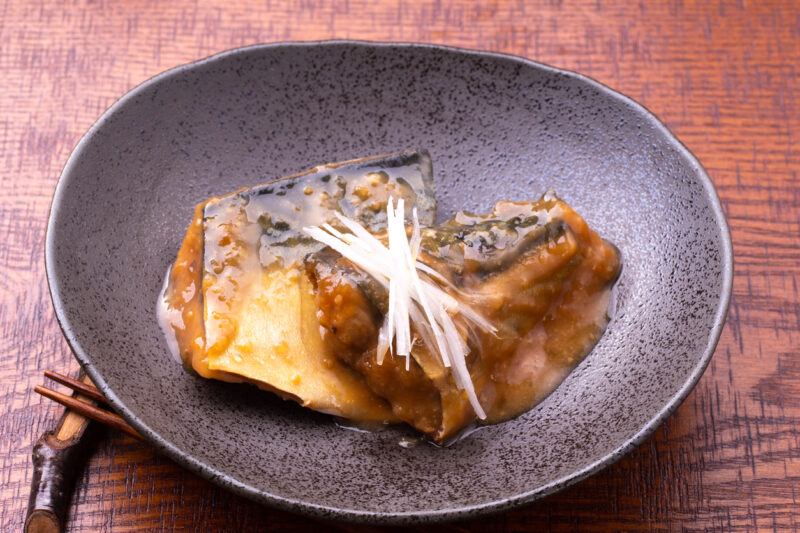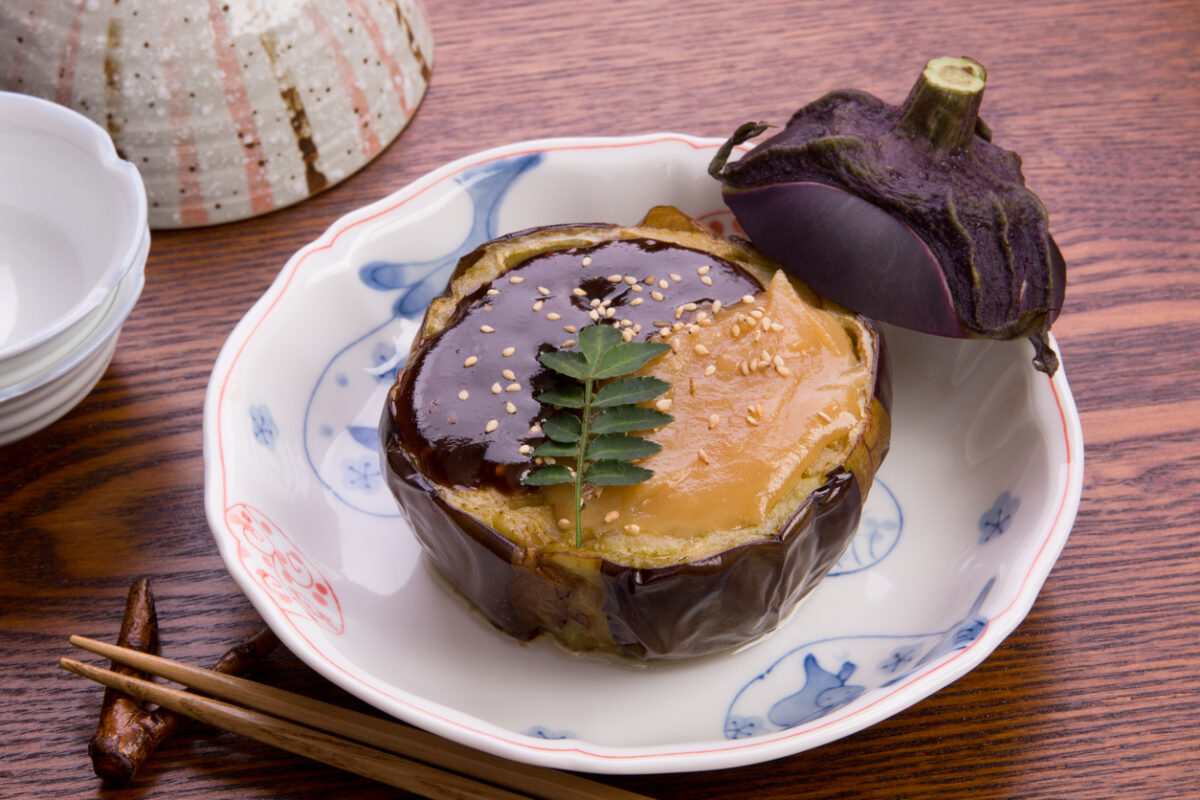Miso: The Traditional Staple Behind Healthy Japanese Cuisine
Miso has been a fundamental seasoning in Japanese cuisine for centuries. Its origins date back over a thousand years, and each region of Japan boasts its own unique variety, from the sweet white miso of Kyoto to the rich, dark miso of Sendai. Miso’s versatility makes it a staple in the Japanese diet, and it is used in numerous dishes beyond the well-known miso soup.
Beyond Miso Soup
While miso soup is the most recognized dish internationally, miso’s culinary applications extend far beyond this simple broth. In Japan, miso enhances the flavor of many dishes such as miso-glazed eggplant, miso-marinated fish, and hearty miso hot pots. Its umami-rich profile makes it a key ingredient for adding depth to sauces, dressings, and marinades. This diversity demonstrates how ingrained miso is in Japanese cooking and highlights its potential for broader use in various cuisines.
The Health Benefits of Miso
Miso is not just flavorful; it is also packed with nutrients. Rich in essential vitamins and minerals such as vitamin K, manganese, and zinc, miso contributes to a balanced diet. It also provides a good source of protein and dietary fiber. Another significant health benefit comes from the fermentation process. Miso contains probiotics, which aid in digestion and promote gut health.
Fermented Isoflavones
Miso is made from fermented soybeans, which means it contains beneficial compounds like isoflavones. These compounds have antioxidant properties that may help reduce the risk of certain chronic diseases. The fermentation process enhances the bioavailability of isoflavones, making them easier for the body to absorb. This aspect of miso contributes to its reputation as a superfood with potential health benefits, including hormone regulation and anti-inflammatory effects.
By understanding miso’s rich history and its extensive use in Japanese cooking, it’s clear that this ingredient offers more than just flavor. Its nutritional value and health benefits make it an excellent addition to various dishes, both traditional and modern.
Classic Miso Dishes in Japan: Beyond Just Miso Soup
Miso is a versatile ingredient used in various traditional Japanese dishes. While miso soup is the most famous, many other miso dishes showcase its deep umami flavor and adaptability.
Miso-Glazed Eggplant (Nasu Dengaku)
Nasu Dengaku is a popular appetizer in Japan. Chefs grill eggplant slices and brush them with a rich miso glaze made from a mixture of miso, sugar, and mirin. The heat caramelizes the glaze, creating a sweet and savory coating that pairs perfectly with the soft, smoky eggplant. This dish exemplifies how miso can enhance the natural flavors of vegetables.
Miso-Marinated Fish (Saikyo Yaki)
Saikyo Yaki involves marinating fish, typically black cod or salmon, in a sweet white miso-based marinade. The fish absorbs the miso’s umami and sweetness, resulting in a tender, flavorful dish after grilling. This method highlights the ability of miso to tenderize and add complexity to proteins, making it a beloved miso dish in Japanese cuisine.

Miso Hot Pot (Miso Nabe)
Miso Nabe is a comforting and hearty hot pot dish. The base is a broth made with miso paste, often enriched with dashi, a traditional Japanese stock. The dish includes various ingredients like tofu, vegetables, and meat, simmered together in the miso broth. This miso dish is perfect for cold weather, offering both warmth and nutritional benefits in one pot.
Miso-Pickled Vegetables (Misozuke)
Misozuke is a method of pickling vegetables using miso. Commonly pickled vegetables include cucumbers, daikon radish, and carrots. The miso imparts a salty, umami flavor to the vegetables while preserving their crunchiness. Misozuke showcases miso’s preserving qualities and its ability to enhance simple ingredients.
These classic miso dishes demonstrate the ingredient’s versatility and depth of flavor. From glazes to marinades, soups to pickles, miso enhances a wide range of foods, offering both taste and health benefits. Whether used in traditional Japanese dishes or adapted into new culinary creations, miso continues to be a valuable addition to any kitchen.
Incorporating Miso into Western Meals: Easy and Practical Tips for Everyday Cooking
Miso’s unique flavor and health benefits make it an excellent addition to Western cuisine. You can easily incorporate miso into various dishes to enhance their taste and nutritional value.
Miso in Salad Dressings
Create a quick and flavorful salad dressing by whisking together miso, olive oil, vinegar, and a touch of honey. This simple miso dressing adds a rich umami taste to your greens and pairs well with a variety of salads. You can also use it as a marinade for grilled vegetables or tofu, making it a versatile component in your kitchen.
Miso as a Sauce Base
Miso works wonders as a base for sauces. Mix miso with ingredients like garlic, ginger, soy sauce, and sesame oil to create a savory glaze for meats, fish, or roasted vegetables. This glaze adds depth and a burst of flavor to your dishes without the need for additional salt or seasonings. You can also stir it into pasta sauces or soups for an extra layer of umami.
Miso in Baking
Miso may seem like an unusual ingredient for baking, but it can add complexity to sweet treats. Incorporate a small amount of white miso into cookie or brownie batter to enhance the sweetness and create a subtle, savory undertone. This use of miso showcases its versatility and ability to balance flavors in unexpected ways.
Incorporating miso into your everyday cooking not only diversifies your meals but also brings the health benefits of fermented foods into your diet. From savory dressings to surprising desserts, miso offers endless possibilities for delicious and nutritious miso dishes. Whether you’re a seasoned chef or a home cook, miso can elevate your Western recipes with its unique flavor profile.
Take the Benefit of Miso by a Natural Supplement
If you want to experience the health benefits of miso dishes but find the unique taste of fermented foods challenging, a natural supplement might be the perfect solution. Juveriente® offers Effisoy®, a supplement that provides the key health benefits of miso through an extract of fermented soybean germ.
Effisoy® is the only supplement outside of Japan that uses ingredients derived from fermented soybeans, bringing the wellness advantages of miso to those who may not enjoy its traditional flavor. Since its launch in 2016, it has gained popularity as a natural menopause relief supplement, helping to balance hormones and improve overall well-being.
Effisoy® works by enhancing the body’s natural synthesis of DHEA, a hormone precursor. This safe and natural boost helps regulate hormonal balance, potentially improving skin health and reducing menopause symptoms. While it benefits both men and women, it has become particularly popular among women seeking relief from menopause-related issues.
Here are some of the real product reviews in our Amazon shop.
“Restful sleep finally!!”, “I Am Now Free of Hot Flashes!!”, “Lifesaver”







